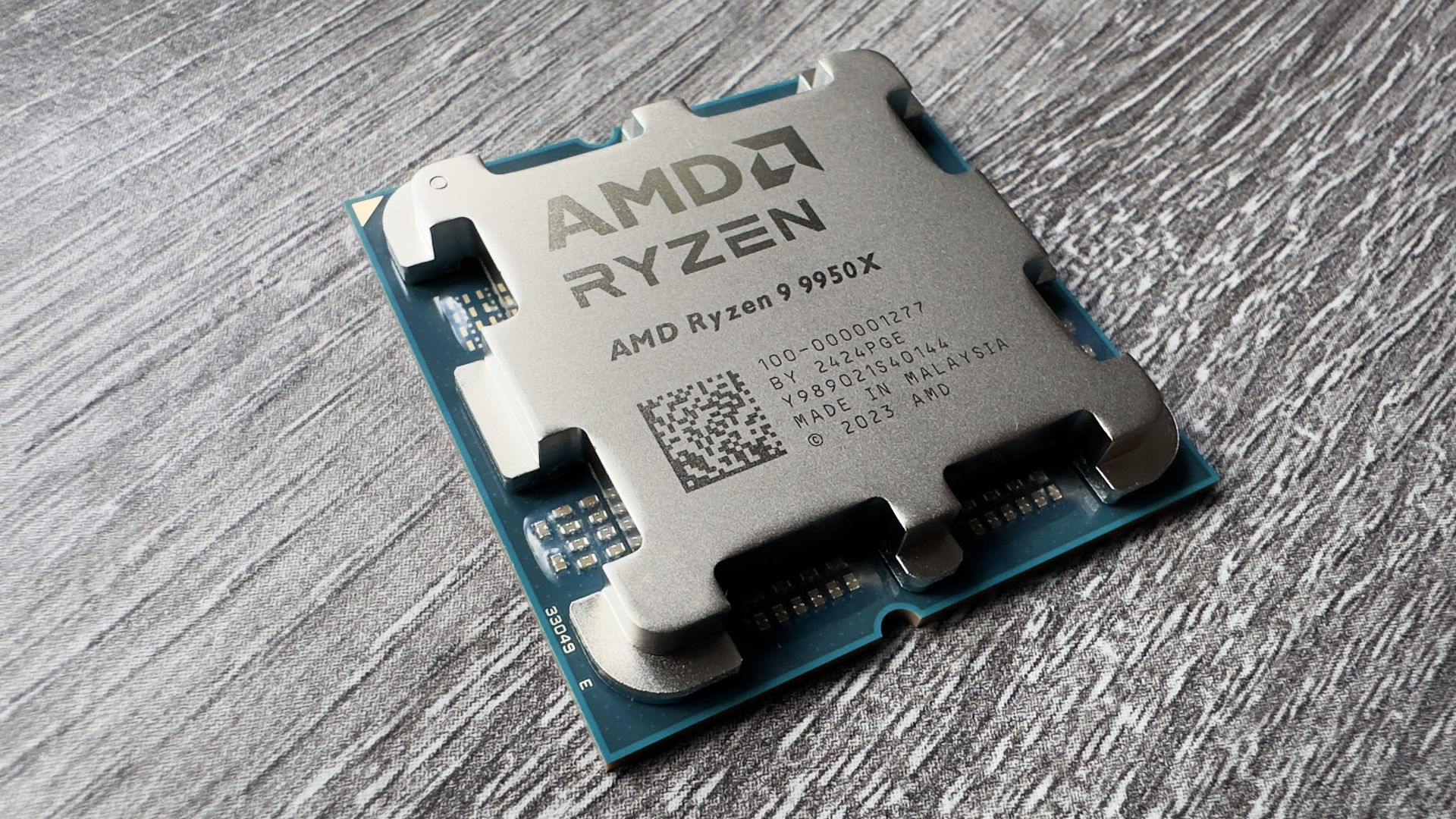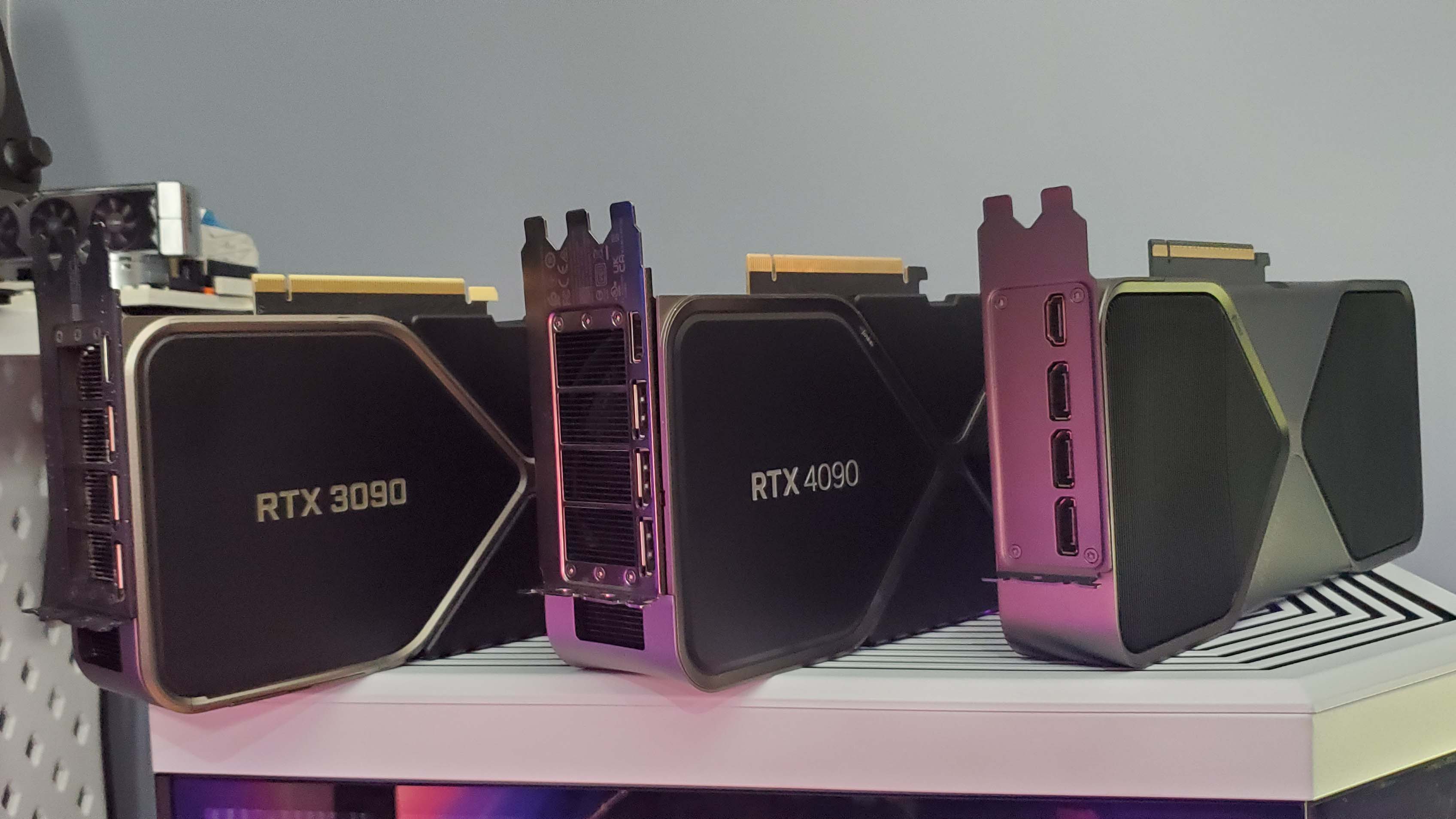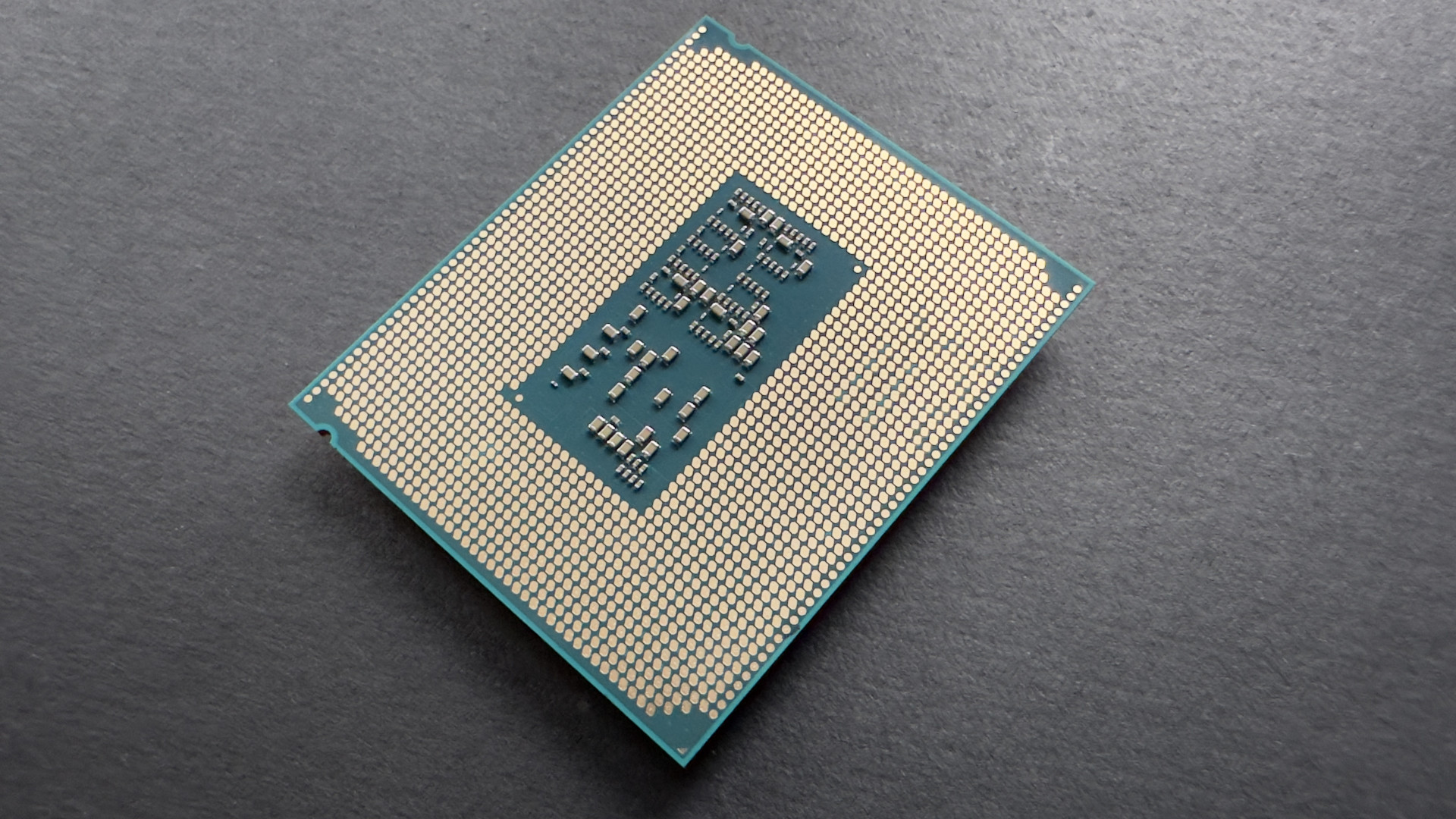According to a detailed post on X, Intel’s next-gen Nova Lake desktop CPU will be getting over double the cores of its existing Arrow Lake chips. The top Core Ultra 9 model allegedly packs a staggering 52 cores. But it’s arguably the mid-range Ultra 5 that’s most interesting given it boasts more cores in every category than Intel’s incumbent top desktop processor.
The current Intel Core Ultra 9 285K has eight Performance and 16 Efficient cores. However, according to the X post, there will be a Nova Lake Core Ultra 5 model with eight Performance, 16 Efficient and another four Low Power Efficient cores.
New Intel Desktop CPUs coming..🧐🧐🧐150W for Core Ultra 9/7. Core Ultra 5 125W. pic.twitter.com/mW0MS2lKM9June 16, 2025
Meanwhile, the top Core Ultra 9 model crams in 16 Performance, 32 Efficient and four Low Power Efficient cores for that grand total of 52 cores. Even the very lowest end Nova Lake gets 12 cores, with a 4P, 4E and 4 LP-E split.
If true, Nova Lake will be the biggest jump in raw CPU performance from Intel in some time. Intel’s desktop chips have topped out at eight Performance cores since the Alder Lake generation launched back in late 2021.
That generation also offered eight Efficient cores. But while the Raptor Lake follow-up boosted the E-Core count to 16 a year later, Intel hasn’t increased core counts since. Indeed, Intel actually deprecated the total thread count when Arrow Lake arrived in October last year on account of removing support for HyperThreading, which enables Performance cores to support two software threads in parallel when present.

Anyway, if these core counts are correct, the multi-threading performance of Nova Lake will be pretty epic. If Nova Lake also brings improved IPC from its Performance cores, thought to be codenamed Coyote Cove, and Efficient cores, codenamed Arctic Wolf, then the overall performance uptick could be spectacular.
As for how this compares with AMD’s future plans, it isn’t totally clear. Various rumours point to anywhere from 12-core to 32-core chiplets in AMD’s next-gen CPU plans using the upcoming Zen 6 architecture. The former would probably mean a 24-core top desktop CPU, the latter as many as 64 cores given AMD’s top desktop CPU conventionally has two CPU core chiplets.
However, the 32-core chiplet is probably based on the Zen 6c architecture with compact cores with the full Zen 6 chiplet topping out at either 12 or 16 cores. That would give total core counts of 24 and 32 respectively. With multithreading, you’d be looking at 48 or 64 threads.
If you take a pessimistic view, that’s 48 threads from 24 full fat Zen 6 cores versus 52 mixed cores from Intel. Game on. However you slice it, it certainly looks like desktop PCs will benefit from a very meaty upgrade when Nova Lake and Zen 6 arrive.

Best CPU for gaming: The top chips from Intel and AMD.
Best gaming motherboard: The right boards.
Best graphics card: Your perfect pixel-pusher awaits.
Best SSD for gaming: Get into the game ahead of the rest.
As for exactly when that will happen, we’d bank on late 2026 for Nova Lake in terms of a launch date with early 2027 a more realistic target for widespread availability. It’s not yet clear what production node Intel will use for Nova Lake, with Intel’s own 18A and 14A nodes, along with TSMC N2 all mooted as possibilities by various rumours.
AMD’s Zen 6, meanwhile, may be based on TSMC’s N2 node when it arrives, likely in the second half of 2026. AMD has confirmed that the server variant of Zen 6 will definitely use TSMC’s next-gen N2 node, which heavily implies, though doesn’t absolutely guarantee, that Zen 6 for PCs will use the same technology.
Anywho, the latter half of 2026 is certainly shaping up to be pretty exciting for the PC in terms of new CPUs.
